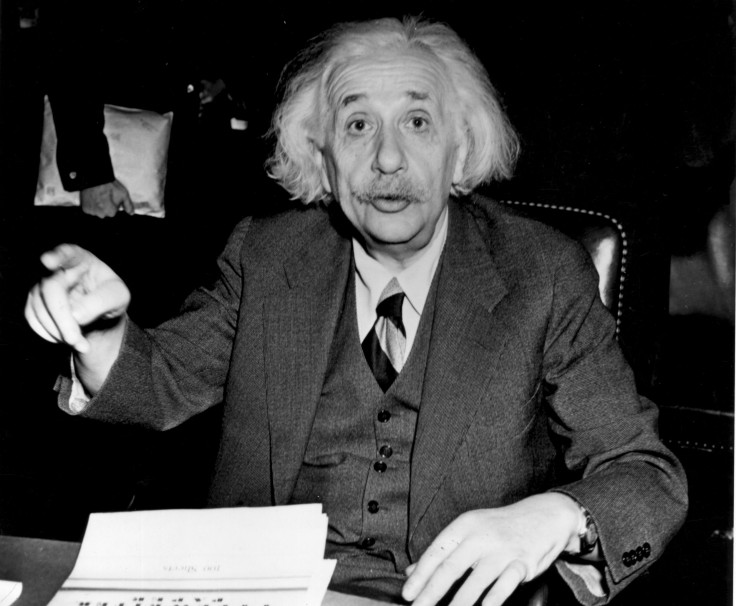Einstein's General Theory Of Relativity Survives Test At The Galactic Center

Albert Einstein’s theory or relativity states that gravity is the result of how mass warps space and time. The theoretical physicist developed the theory between 1907 and 1915, but more than 100 years later, it continues to hold up in tests.
Scientists have tested Einstein’s general relativity's predictions in weak gravitational fields, such as those on Earth and in the solar system, but the predictions of general relativity may crumble in stronger gravitational fields such as those of supermassive black holes.
Scientists said that the discovery of such violations of general relativity could pave the way to new theories that may explain some of the mysteries of the universe, including dark matter and dark energy.
Einstein’s theory of relativity nonetheless continues to survive tests and the most recent one involved the supermassive black hole at the center of the Milky Way. Sagittarius A* is about 4 million times more massive than the sun and estimated to span about 14.6 million miles in diameter.
In a new study, Andrea Ghez, an astronomy and physics professor at the University of California, Los Angeles, and colleagues analyzed the strong gravitational pull of the Sagittarius A* at the center of the Milky Way on the star S0-2.
In 2018, the star made its closest approach to the black hole during its 16-year orbit getting as close as 120 astronomical units from the galactic center at a speed of 2.7 percent faster than that of light. The AU is the average distance between the Earth and the sun, which is equivalent to roughly 93 million miles.
Ghez and colleagues tracked the complete orbit of the star in 3D using the Keck Observatory, Gemini Observatory and Subaru Telescope in Hawaii, and combined the data with other measurements made over the past 24 years.
“We asked how gravity behaves near a supermassive black hole and whether Einstein's theory is telling us the full story,” Ghez said. “Seeing stars go through their complete orbit provides the first opportunity to test fundamental physics using the motions of these stars."
Analysis revealed a prediction of general relativity known as "gravitational redshift," which occurs when light is stretched to longer wavelengths by the gravitational field around the black hole causing it to shift towards the red part of the spectrum.
Researchers reported that the spectrum of light detected from S0-2 revealed the redshifting the star experienced from the extreme gravity of the Sagittarius A*, which is consistent with the predictions of general relativity.
“General Relativity predicts that a star passing close to a supermassive black hole should exhibit a relativistic redshift. We test this using observations of the Galactic center star S0-2,” the researchers wrote.
“We detect the combination of special relativistic- and gravitational-redshift, quantified using a redshift parameter.”
The study was published in the journal Science on July 25.
© Copyright IBTimes 2024. All rights reserved.





















